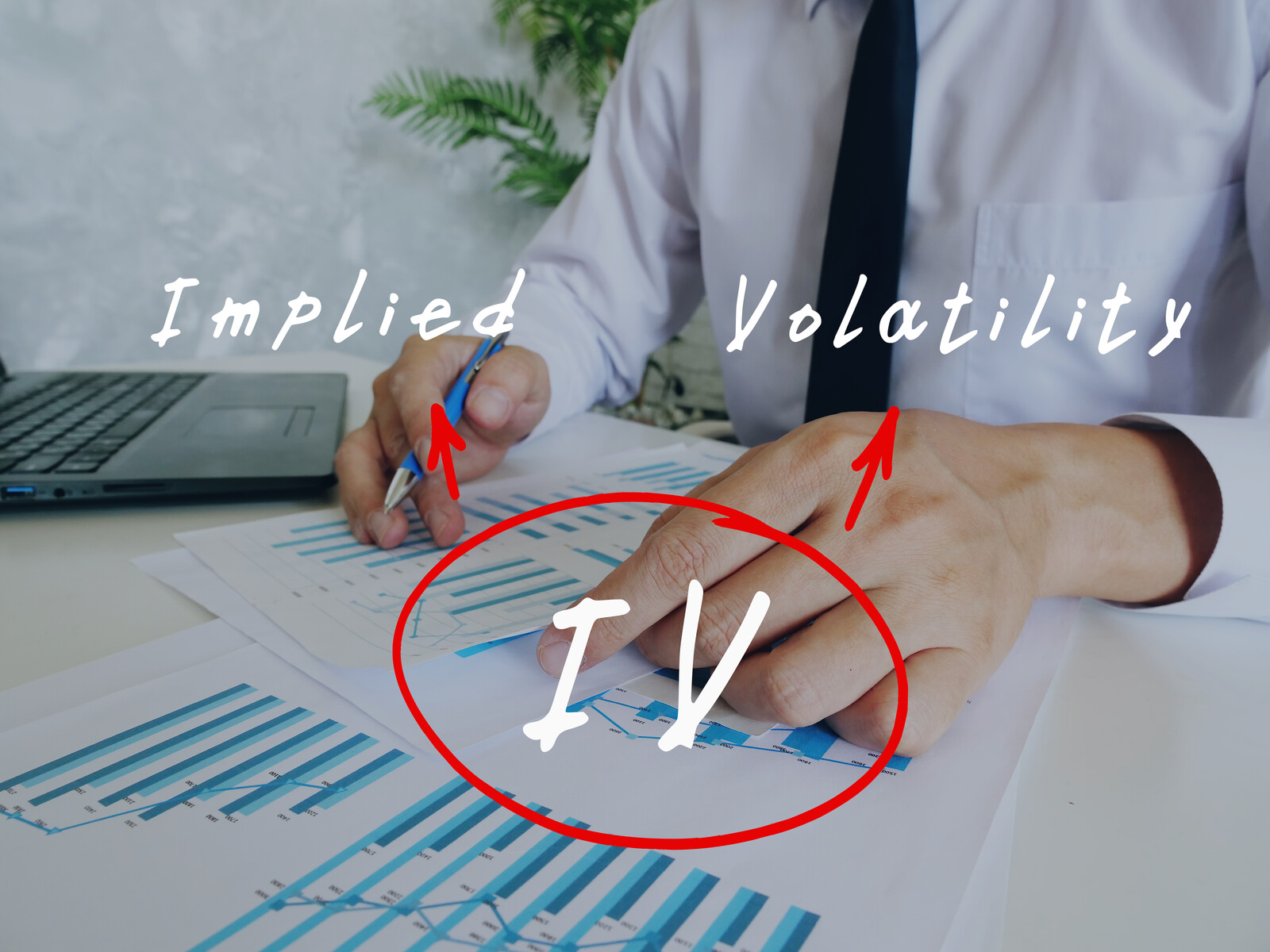 1. What is Implied Volatility?
1. What is Implied Volatility?
Implied volatility is the market's estimate of the potential future price movements of an underlying asset. Implied volatility differs from historical volatility as it measures expected future volatility instead of past price fluctuations. Valuing options contracts depends on this critical factor, as it sheds light on the potential range of the underlying asset's price movement in a specific period. The anticipation of volatility makes options with higher implied volatility more expensive to purchase.
2. Calculating Implied Volatility:
The Black-Scholes model is the most well-known approach to determining implied volatility, although various other models and methodologies are also available. The mathematical model considers the market price of the underlying stock or ETF, the strike price, time to expiration, interest rates, and dividend yield to calculate implied volatility. Using the Black-Scholes equation with these parameters, investors can generate a numerical value that represents the implied volatility or can use the implied volatility data that financial platforms provide.
3. The Expectations Game: Understanding Expected Moves:
Implied volatility is an essential tool for investors aiming to make informed decisions in options trading. It provides a gauge for expected price movements and market sentiment. One practical application of implied volatility is the concept of expected moves. Expected moves, also known as expected range or expected standard deviation, estimate the potential price range within which the underlying asset is likely to fluctuate during the options contract’s lifespan. This information assists investors in determining strike prices and adjusting their strategies accordingly.
4. Implied Volatility and Option Pricing:
The pricing of options contracts is affected by implied volatility. The higher the expected volatility, the higher will be the price of both call and put options. Implied volatility reflects the market’s uncertainty and fear, leading to higher option prices as investors seek protection against potential price swings. Conversely, during periods of lower implied volatility, option premiums decrease. As an options trader, understanding the implied volatility level and its impact on premium prices is vital for making profitable trades.
5. Selling Options: Harnessing Implied Volatility for Advantage:
Selling options is a strategy that takes advantage of implied volatility. When an investor sells an option, they collect a premium from the buyer for the right, but not the obligation, to buy the underlying asset at a predetermined price (the strike price) within a specific time frame (expiration date). Selling options can be a profitable strategy if the underlying asset’s price remains within the expected range, determined by implied volatility.
6. Benefits of Selling Options:
By selling options, investors can take advantage of time decay and potential implied volatility contraction. Time decay refers to the gradual reduction in an option’s extrinsic value as it approaches its expiration date. Selling options allows investors to benefit from this decay, as daily, the sold option loses value. Implied volatility contraction results from implied volatility returning to its mean. If the trader/investor sells an option when the implied volatility is high and the volatility subsequently decreases, the option’s premium decreases, leading to potential profits for the option seller.
7. Managing Risk when Selling Options:
While selling options can be lucrative, it is crucial to manage risk effectively. Before initiating a trade, investors must thoroughly analyze the underlying asset, market conditions, and implied volatility levels. Implementing risk management strategies using position sizing techniques can mitigate potential losses. Remaining cognizant of correlation across the trader/investor’s holdings and using different expiration cycles can also reduce risk and create a balanced options portfolio.
8. Monitoring Implied Volatility:
In options trading, monitoring implied volatility is vital for identifying potential opportunities and risks. Implied volatility information is available on many of the financial platforms used by traders today. They can provide real-time data and historical trends. Understanding the relationship between implied volatility, option premiums, and expected price movements will equip investors with valuable insights. Staying updated on market news, economic indicators, and upcoming events that can influence volatility can help in making informed trading decisions.